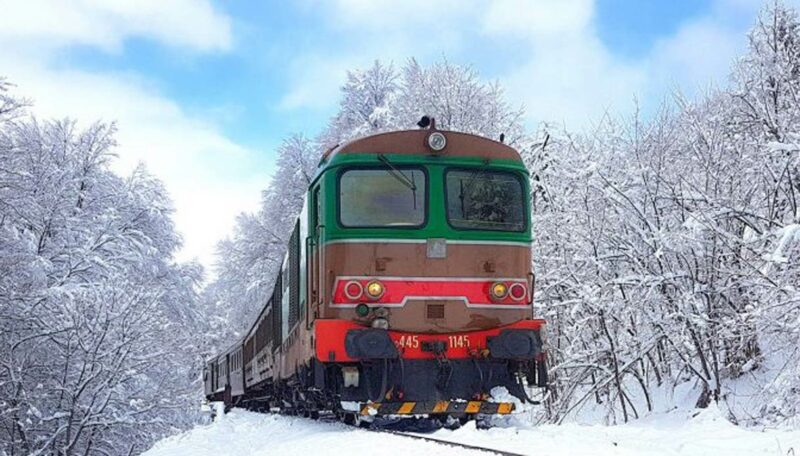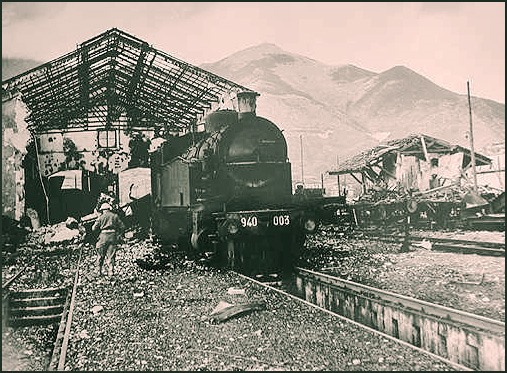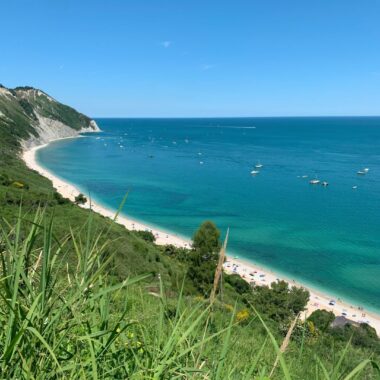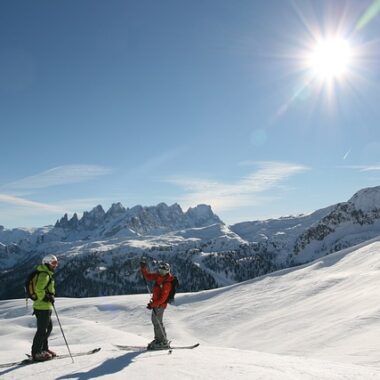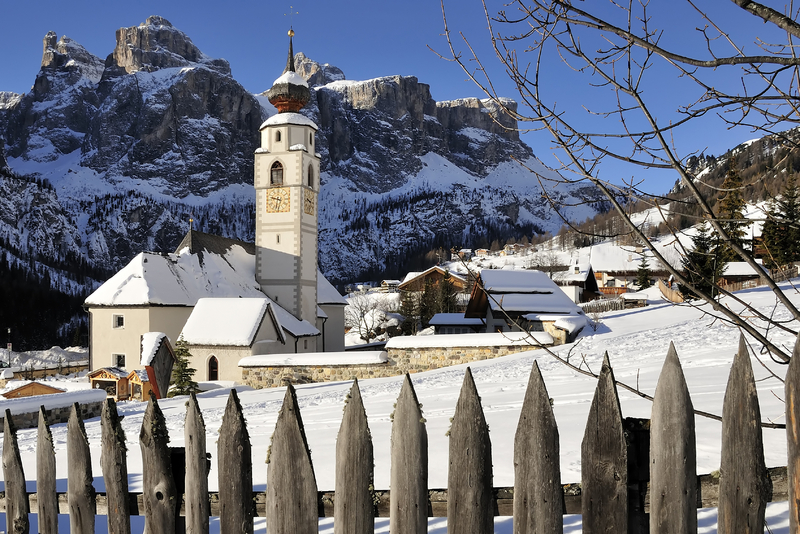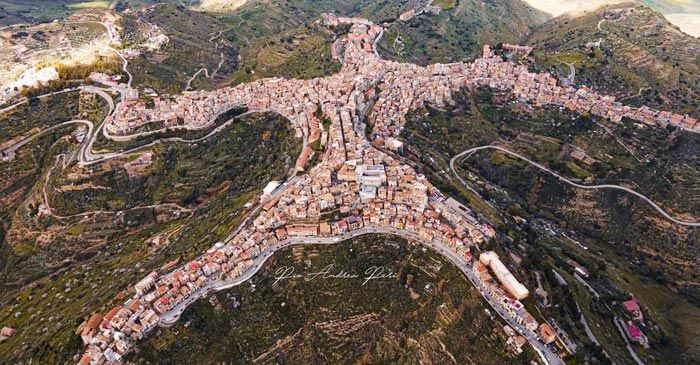A unique, uncommon name not widely known. Yes, Italy boasts a distinctive and remarkable railway line reminiscent of the Trans-Siberian Railway traversing Northern Asia. But what exactly is the Italian Trans-Siberian railway (Transiberiana d’Italia), and why is it so renowned? Let’s discover why, in 2022, despite the post-pandemic crisis, the route recorded an impressive 35,000 passengers. Today, it is Italy’s leading route in terms of passenger numbers and stands as a flagship for Italian railways.

What Makes the Trans-Siberian Railway Unique
Among all railway lines, it boasts the highest mountain pass: a remarkable 1268 meters above sea level. The predominantly mountainous and hilly terrain posed numerous challenges in the planning phase, requiring almost twenty years of work.
Also known as the Sulmona-Isernia Railway, though this name is less familiar, let’s admit it. As mentioned, the stations reach an altitude of 1268 meters above sea level, with the Rivisondoli-Pescocostanzo station in Abruzzo situated at this elevation.
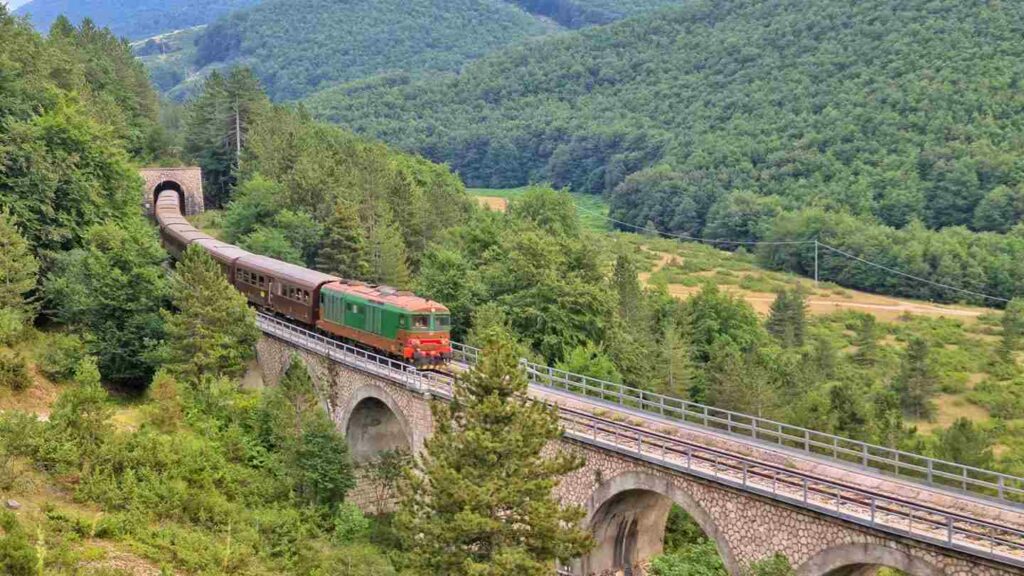
Why the famous name, Trans-Siberian Railway? Due to abundant snowfall, especially in the Abruzzo highland section, trains traversing snow-covered tracks and enduring low temperatures evoke the dark and inhospitable environment of the Russian territory. For this reason, the route is particularly popular during the Christmas season, allowing passengers to stop in picturesque neighboring villages and enjoy Christmas shops, characteristic settings, and snow-covered villages adorned for the festivities.
Last but not least, the true gem of the railway is the encounter with vintage trains dating back to the first half of the 20th century, transporting passengers back in time and offering elegance, allure, and charm.
You can make stops at 21 stations to discover and savor the ancient and typical traditions of the picturesque mountain villages of Italy.
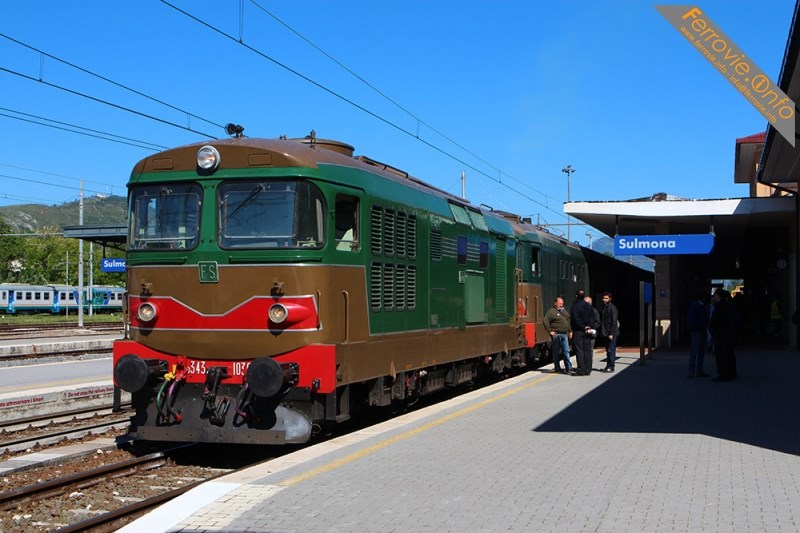
The History of the Trans-Siberian Railway
From Origins to the Present Day
Inaugurated on September 18, 1897, the entire route took nearly 6 hours at the time, with the record reduced to 3 hours and 33 minutes in 1938. The project is an example of great Italian engineering. Due to heavy snowfall, the construction of avalanche galleries and protective walls became necessary.
The importance of this railway was as significant in the past as it is today, if not more so. During World War I, it was impassable from 1943 to 1944 as the German army attempted to sabotage it at strategic points. The route was fully restored only on November 9, 1960. The subsequent years saw a growing decline for the Sulmona-Isernia route, with more and more trains suspended along the entire line due to excessive costs and insufficient reservations to cover operating expenses.
From Decline to the Birth of the “Timeless Tracks” Project
In the early 2000s, a group of enthusiasts and local youths initiated a business project that now represents the spearhead of railway tourism in Italy. Between 2011 and 2013, the period of greatest agony for the railway route, the term Trans-Siberian Railway coined in 1980 by Luciano Zeppegno after a long train journey, regained popularity to generate strong media momentum among citizens, urging the route’s reopening. In 2012, the first new journey was organized, featuring a historic train with 10 carriages and over 500 participants.
The success was incredible, surpassing all expectations. In just a few months, funds were secured for new special trains for tourists, definitively relaunching the railway and immediately becoming a protagonist on the national stage. Historic train numbers increased year by year, significantly boosting reservations throughout the year. As mentioned earlier, the Sulmona-Isernia railway is the leading route in Italy in terms of passenger numbers, and there’s no surprise given this beautiful achievement.

The Unique Territory Traversed
The Sulmona-Isernia route offers 128 km of unparalleled beauty in an enchanting and highly changing landscape with the seasons. Is there a reason why this is the most sought-after tourist route in Italy.
The route reaches 1268 meters above sea level and descends to 800 meters in the high Sangro valley, encompassing the wooded valleys of Molise and eventually reaching Isernia at just 400 meters above sea level.
But don’t stop here; it is advisable to book a tourist journey in different seasons to see the colors change from the window. From winter to summer, don’t miss freezing temperatures, snowshoeing, a good glass of hot wine, outdoor tastings, and a mild climate immersed in the green forests of Abruzzo.
Hence, the Trans-Siberian Railway, with its fascinating history and breathtaking scenery, reaffirms itself as the jewel of railway tourism. From its glorious past to its renewed current success, the Sulmona-Isernia route enchants with its uniqueness and the timeless charm of vintage trains. Each season offers a new perspective, making this journey an unforgettable experience for those eager to explore the traditions and beauty of picturesque, mountainous Italy.
